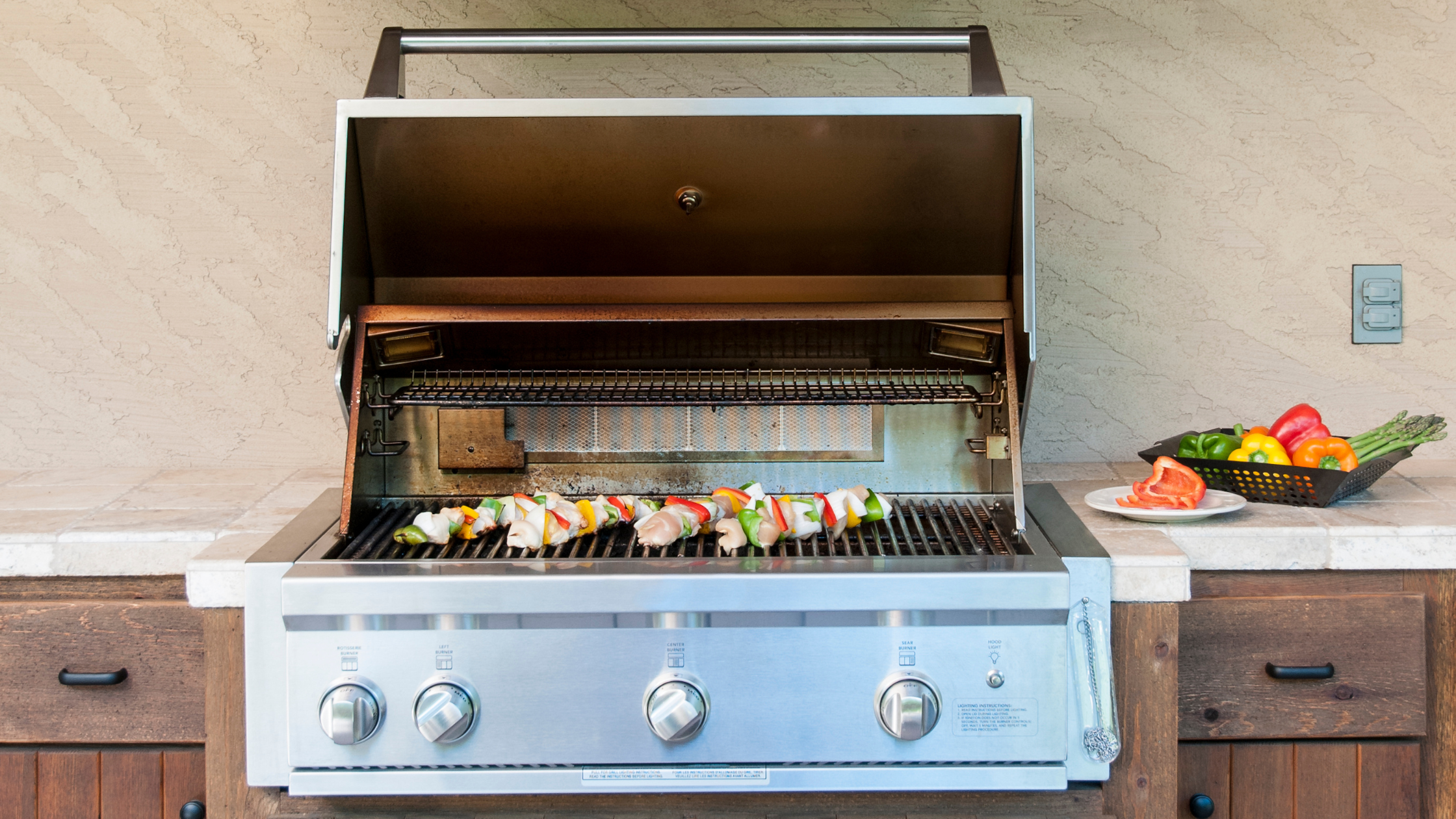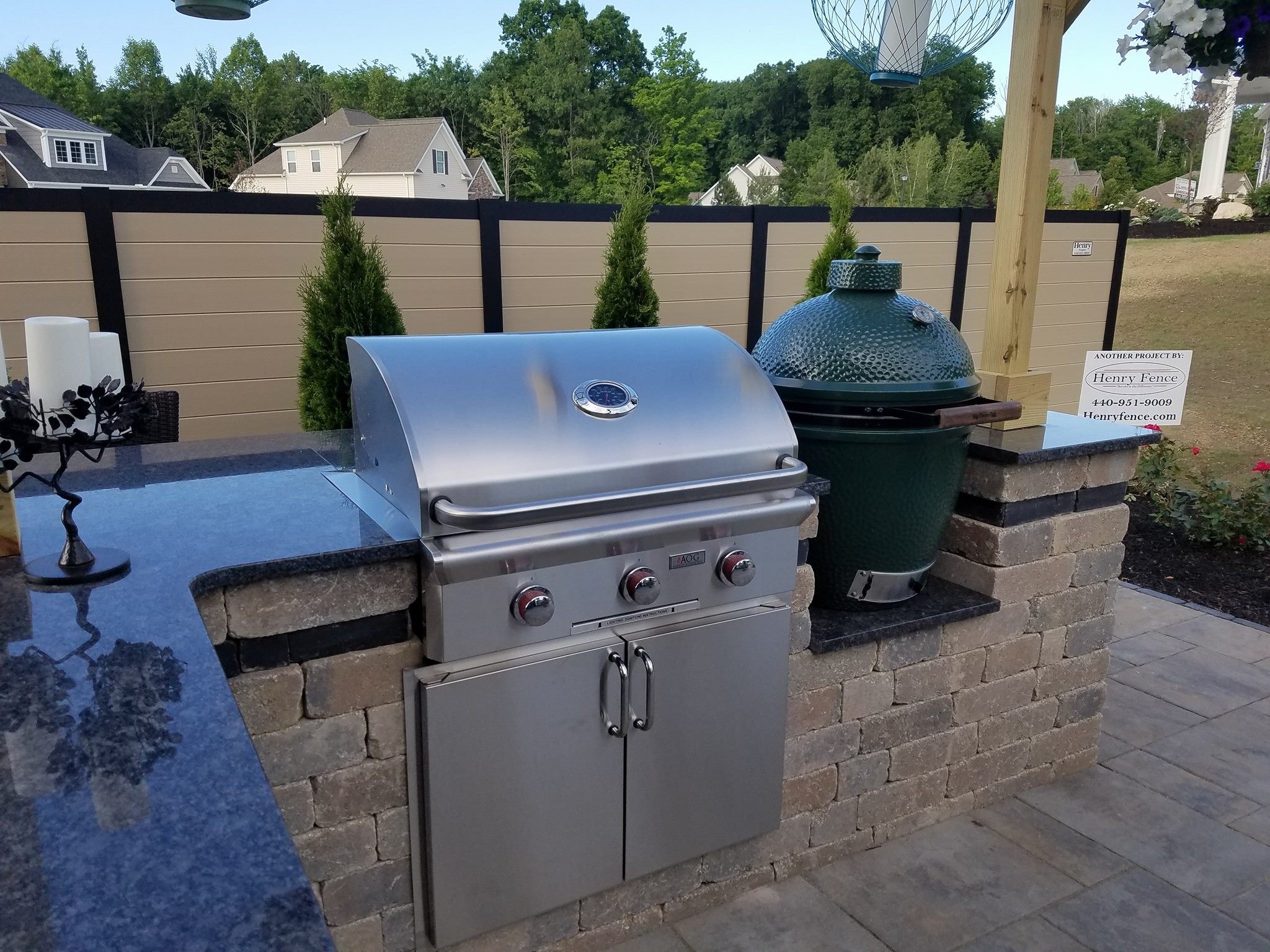Understanding Your Fireplace Flue: Function and Maintenance
A fireplace can be the heart of your home, offering warmth and a cozy atmosphere during chilly evenings. Yet, beneath its inviting glow lies a critical component that ensures your fireplace operates safely and efficiently – the fireplace flue. In this article, we'll delve into the workings of this essential part of your fireplace system and explore how proper maintenance can enhance your fireplace experience.
What Is a Fireplace Flue?
A fireplace flue is a passageway within your chimney that serves a crucial purpose – it vents the byproducts of combustion, such as smoke, gases, and embers, safely outside your home. Think of it as a dedicated exhaust system for your fireplace. Without a functioning flue, your fireplace could pose serious safety hazards.
How Does It Work?
When you light a fire in your fireplace, the heat from the flames creates an updraft within the flue. This updraft draws in air from your room, which feeds the fire with oxygen while carrying away the smoke and gases produced during combustion. In essence, the flue acts as a pathway for the exchange of indoor and outdoor air, enabling the fire to burn efficiently and safely.
Types of Fireplace Flues
There are various types of flues, each designed to suit different fireplace setups:
Single-Flue Chimneys: These chimneys have a single flue for one fireplace. They are the most common type and are found in many homes.
Multi-Flue Chimneys: Multi-flue chimneys have multiple flues, often serving multiple fireplaces or appliances in the same chimney structure.
Flue Liners: Inside the flue, you might find flue liners made from materials like clay tiles, stainless steel, or cast-in-place concrete. These liners protect the chimney's structure and enhance safety.
Importance of Proper Draft and Airflow
A well-functioning flue ensures the proper draft and airflow required for efficient combustion. Without it, your fireplace may suffer from issues like smoke spillage into your living space or difficulty lighting fires. To maintain a strong draft, keep the flue clean and free from blockages.
Common Flue Issues and Their Impacts
Creosote Buildup: Over time, creosote, a flammable substance, can accumulate in the flue. It poses a significant fire hazard and should be removed regularly.
Blockages: Blockages from debris, nests, or foreign objects can obstruct the flue, leading to poor draft and an increased risk of smoke entering your home.
Deteriorated Flue Liners: Cracked or damaged flue liners compromise safety and efficiency. If you notice signs of damage, consult a professional for repairs or replacement.
Maintaining Your Fireplace Flue
Routine maintenance is key to keeping your flue in optimal condition:
Regular Inspections: Schedule annual inspections by a certified chimney sweep to check for damage, creosote buildup, and blockages.
Cleaning: Have your flue cleaned as needed, typically once a year, to remove creosote and debris.
Cap Installation: Installing a chimney cap can prevent debris, animals, and rainwater from entering the flue.
DIY Prevention: Use only seasoned and well-dried wood, as green or wet wood can lead to excess creosote buildup.
Flue Liner Replacement
If your flue liner is damaged beyond repair, it's crucial to replace it promptly. A damaged liner compromises the safety of your fireplace and chimney, and professional assistance is recommended.
Understanding your fireplace flue's function and the importance of its maintenance ensures that you can enjoy the warmth and ambiance of your fireplace with peace of mind. A properly maintained flue not only enhances the efficiency of your fireplace but also safeguards your home from potential hazards. Regular inspections and maintenance by a certified professional are the keys to a safe and cozy fireside experience.








